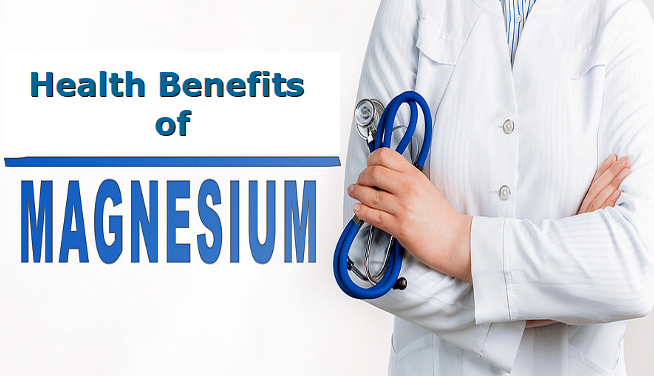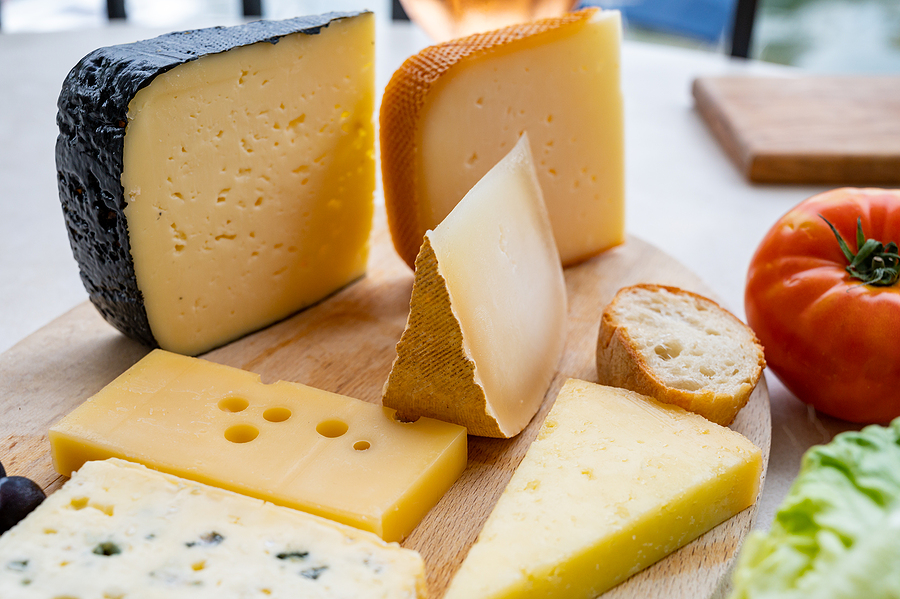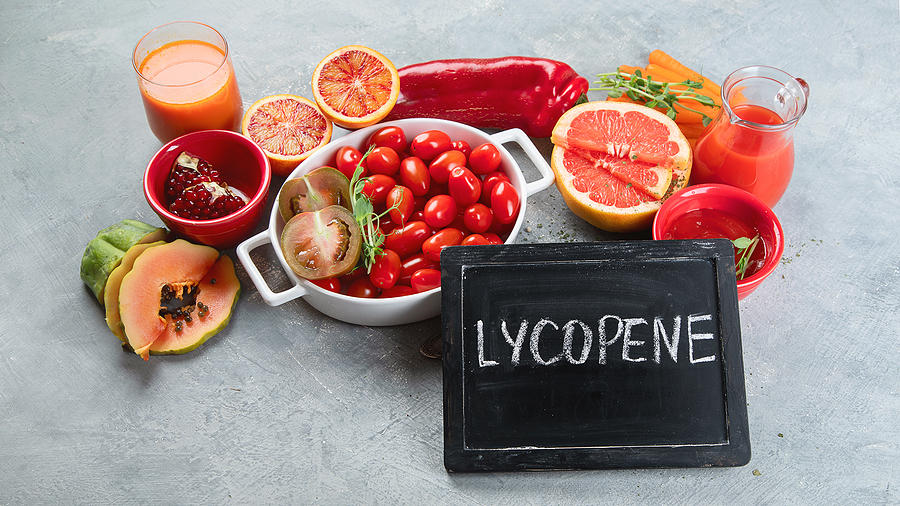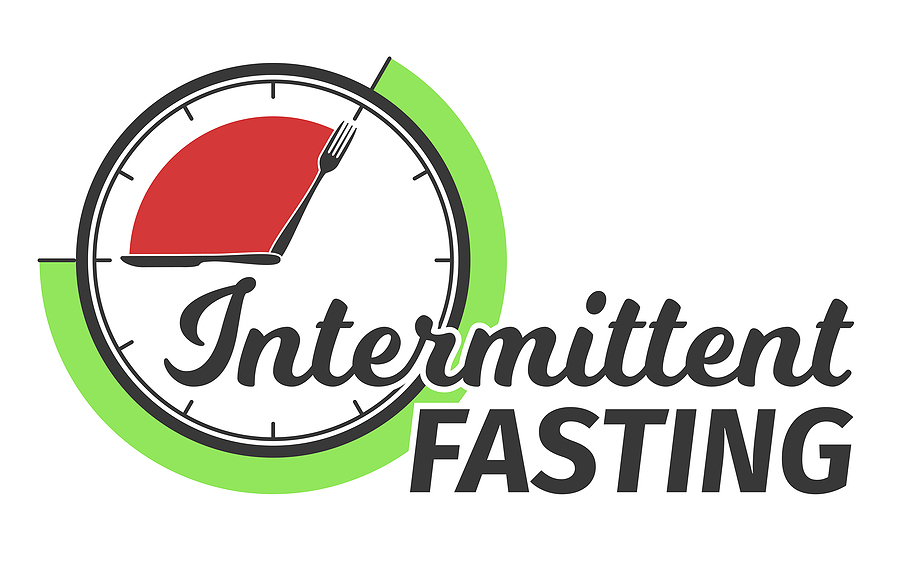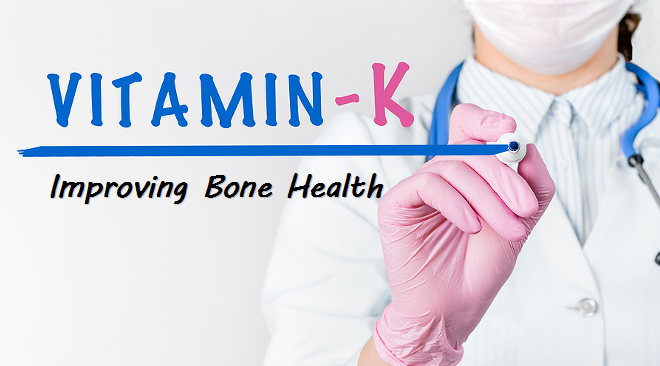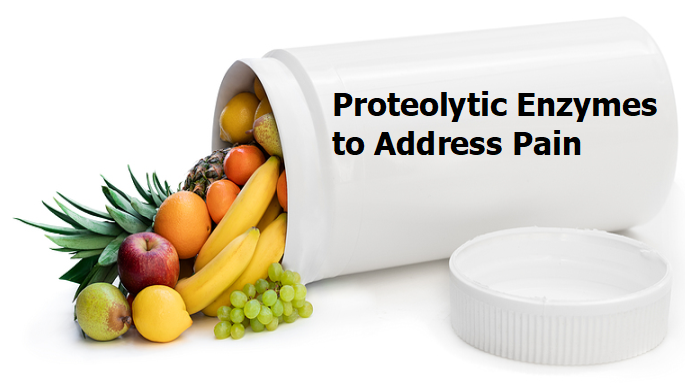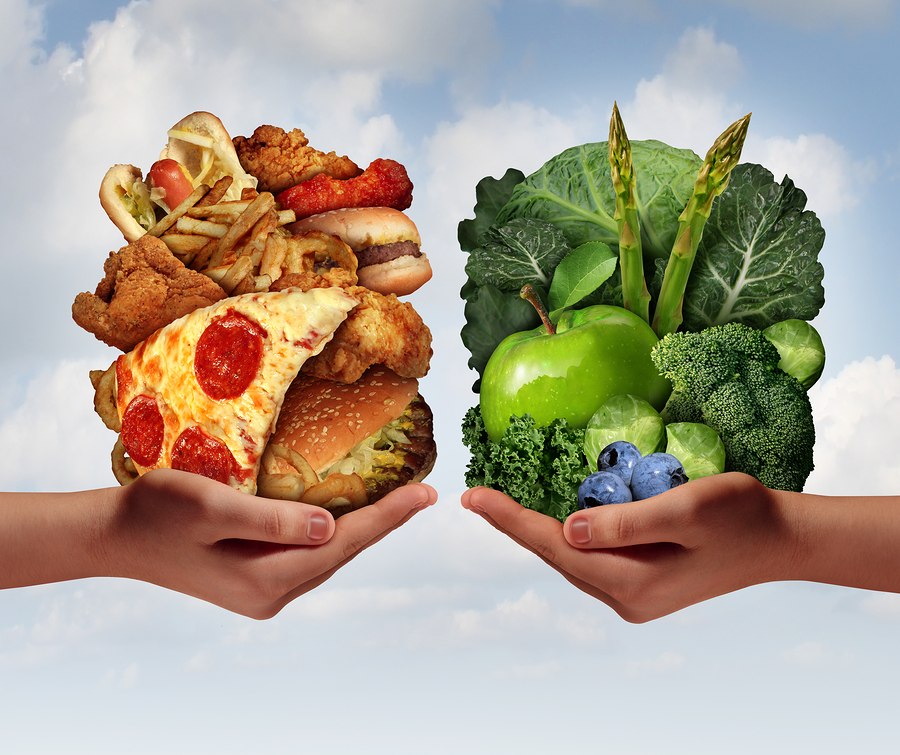The health benefits of magnesium are important to almost every organ in your body. But before I talk about them, you can either watch my new YouTube video or read the rest of this information below:
Here is a quick list of all the ways this essential mineral impacts your health:
-
Energy Creation
-
Regulation of Your Nervous System
-
Protein Formation
-
Muscle Movement
-
Bone Formation
-
Preventing Heart Failure
-
Reducing High Blood Pressure
-
Correcting Arrhythmia
-
Fighting Endothelial Dysfunction
-
Lowering the Risk for Strokes and Heart Attacks
-
Preventing Coronary Artery Disease
-
Fights Depression
-
Helps Prevent Type II Diabetes
-
Anti-Inflammatory Benefits
-
Prevent Migraines
-
Reduces Insulin Resistance
-
Improves PMS Symptoms
That’s an impressive list of health benefits.
Now the bad news. Read More →
